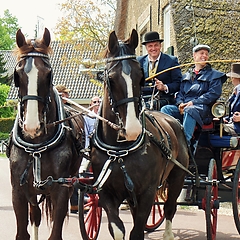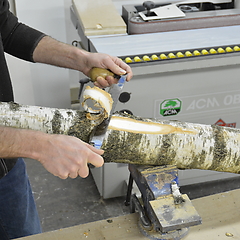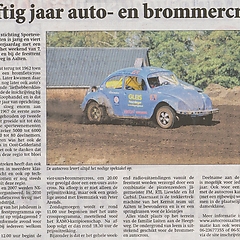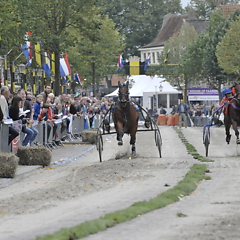For many people New Year’s Eve does not go by unnoticed. The most hearable and visible are the fireworks that are lit around midnight. Around that time many people go out on the street to watch the fireworks. In this way we shoot the old year away and welcome the new one. On the three working days before January 1st people can buy Dutch consumer fireworks at certified outlets. In those three days the fireworks shops are primarily filled with fathers and sons who come to get their ‘loot’. People are allowed to light the purchased fireworks themselves, on New Year’s Eve from 6 PM to 2 AM in this very night. It is the custom that adults light their fireworks on the street ‘at the doorstep’. Neighbours, friends and family seize the opportunity to wish each other a happy new year. Thus lighting fireworks strengthens the social cohesion in the neighbourhood. Lighting fireworks by private persons is under debate. The resistance is growing because of the noise pollution and the accidents that are happening again each year, especially with lighting heavy, illegal fireworks.



